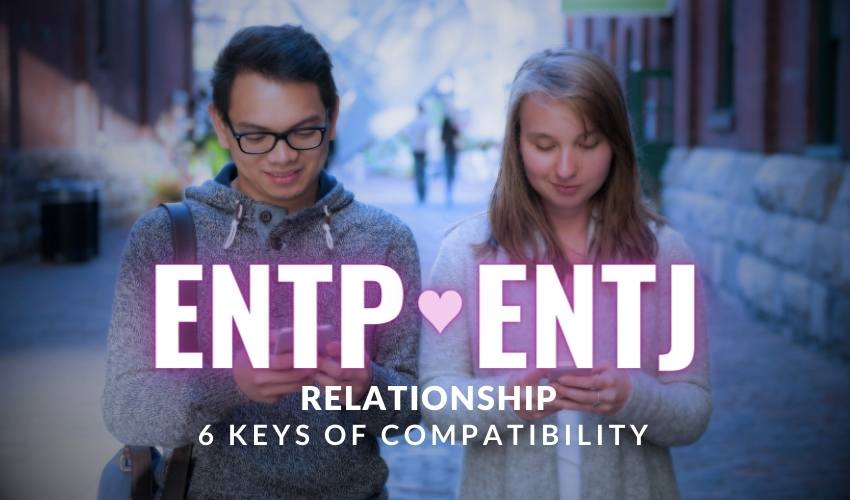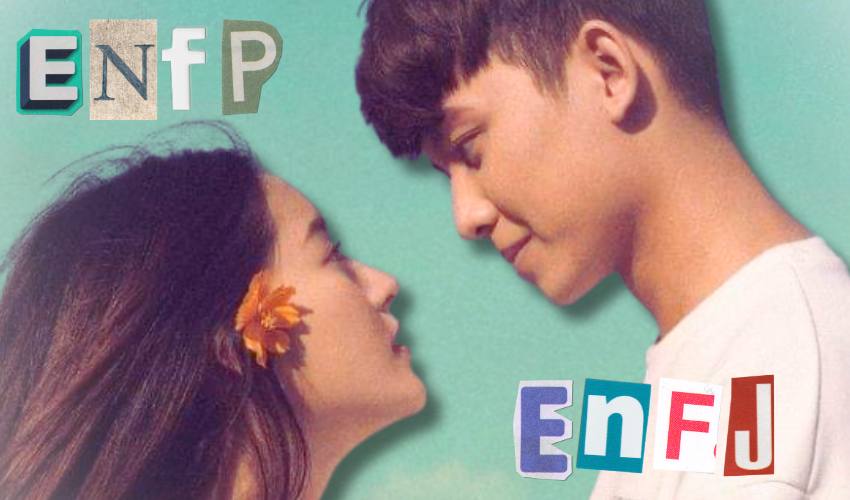Problems are commonplace but finding a good solution is sometimes hard to come by. When things go wrong, do you have a nervous breakdown or keep calm and carry on? Here is a brief take on how each Myers-Briggs type is wired to address problems.
[ads-quote-center cite=’Teddy Roosevelt’]“Complaining about a problem without posing a solution is called whining.”[/ads-quote-center]
INFJ
When it comes to other people’s problems, INFJ tries to listen mostly to get proper a sense of where people are coming from. They consider the feelings of others as part of their adjudication process and try to find a balance between compassion, fairness and logic. INFJs are likely to be well qualified for arbitrating interpersonal strife between others but when it comes to their own issues, INFJ may find that sorting themselves out is not always as simple.
INFP
INFP may try to reframe the problem and ask “What would [enter name here] do?” Their approach may often be to throw everything at the problem and see what sticks. INFPs value creative solutions over standard ones and will likely be unafraid to try unusual and maybe unrealistic possibilities. If all else fails, they will fall back on a practical if not boring solution or consult advice or input from someone knowledgeable.
INTJ
INTJs are likely to take very systematic approaches to problem solving. They try to reverse engineer and analyze situations until they have a eureka moment. Afterwards, they test their solutions out to see if their intuitions hold up in the real world. If not, it’s back to the drawing board for them. When it comes to solving problems, INTJs really only care about what works best and is most efficient within the confines of what is morally acceptable. ‘Making everyone happy’ typically plays little to no part in INTJ’s considerations.
INTP
If they can, INTPs would prefer to arm themselves with as much knowledge as possible before dealing with most problems. They try to do their research first but when they come across unexpected challenges, they can see it as a welcome opportunity to test their ability to solve and figure things out on the fly. INTPs enjoy the mental exercise and they like to come up with creative and clever solutions wherever possible. If they cannot solve a problem right away, it can stick with them and they may obsessively mull over it until they find the perfect answer.
ENFJ
ENFJ approach problems with the mindset of a negotiator. They are great at mediating interpersonal problems because they do not try to take sides. ENFJs try to find the common ground and broker a happy medium that acknowledges the grievances on both sides of the table. They rely on their gut instincts and adapt as more information becomes available. They try to read into the deeper subtext and underlying dynamics from which a problem emerges in an attempt to solve the root of it.
ENFP
ENFPs treat problems like an interesting puzzle for them to piece together. They are able to think creatively and critically to devise workable solutions that may deviate from the norm. They often take an unconventional approach to solving a problem and think about it from as many angles as possible seeking to happen upon a solution that is meaningful and satisfyingly unique to them. Their emotions and values are a factor in this process, but a problem ENFPs may run into is their tendency to get side-tracked or read too deeply into things such that they lose sight of the central purpose or goal.
ENTJ
ENTJs are always trying to improve on what they do and so for whatever solution they come up with they will probably seek a better one. ENTJs like to focus on bigger problems that are complex and challenging but also rewarding. ENTJs break down large problems into manageable chunks while never losing sight of the bigger picture. The phrase “divide and conquer” was probably coined by an ENTJ because they are great at boiling down messy and intricate issues into more simplified and easier to handle terms.
ENTP
ENTPs have an inventive mindset and enjoy cooking up a crafty solution to a tricky problem. Oftentimes, ENTPs simply enjoying toying with problems and proposing possible ideas that may only work in theory and not in the real world. ENTPs are generally better with abstract, conceptual problems than mechanical ones. Their approach is to experiment and try something new rather than settle right away on what is tried and true.
ESTJ
ESTJs are great problem solvers due to their strategic thinking ability and resourcefulness. They are able to adapt when necessary but do not rely on intuitions or impractical theories. Emotions rarely get in the way of their judgments. When confronted with a problem, ESTJs are typically unbiased and will utilize all available information to make a swift and effective solution.
ESFJ
When dealing with problems, ESFJs tend to seek out input from others and include them in on the solution finding process. They are very collaborative and are likely to favor the motto “two heads are better than one”. ESFJs seek solutions that are diplomatic and take into account the impact they have on all parties involved. ESFJs are better suited for mediating issues between people as opposed to abstract or mechanical issues. The solutions they put forward will often be geared towards smoothing things over rather than address the underlying roots of a problem.
ISFJ
ISFJs can get flustered and easily stressed by problems that directly affect them. They try to keep their world in order partly as a preventative measure because when things go wrong it can cause them to panic or worry excessively. ISFJs like to be methodical and practical in their approach to solving problems and oftentimes they take it upon themselves to do all the fixing. They try to be very helpful in whatever capacity they can but even if they cannot play a central role in solving an issue for someone else they will happily pitch in as team player.
ISTJ
The ISTJ approach to solving a problem is to rely on what has worked in the past. ISTJs are very practical problem solvers and the type of person to do things by the book. They are not much interested in trying new experimental solutions when there is a perfectly viable standard solution that has worked time and time again. ISTJ relies on step by step directions and procedures and because of this they can be excellent when it comes to solving technical issues because they are typically good at cultivating a very detailed working knowledge about systems.
ESFP
ESFPs prefer practical solutions and care little for hypotheticals and theories. Oftentimes in response to problems, they seek out opinions and advice from others they consider reputable. ESFPs try to contribute by just rolling up their sleeves and participating in whatever capacity they can. Planning and constructing elaborate solutions is not their thing, but they are willing to advocate and be a mouthpiece for communicating the issue and actively taking part in the solution process.
ESTP
ESTPs are very responsive to problems especially urgent ones that demand immediate action. They often have the confidence to tackle some of the most daunting and challenging issues but they are willing to enlist the aid of other people and make it a team effort although they probably want as much credit as possible. ESTPs rely on their gut instincts and are able to make clear headed decisions on the fly without too much planning or thinking ahead. Their approach to solving problems is marked by an openness to suggestions and trying new things.
ISTP
ISTPs are very visual and tactile and are good at solving problems that they can get their hands around, literally. ISTPs are less interested and less equipped at handling interpersonal disputes and abstract logic conundrums. They like to manipulate pieces and move things around as this is how they like to learn things primarily. ISTPs do not rely so much on collaboration and consultation but instead rely on their own capabilities to investigate and inspect for themselves any details that oftentimes only they would notice.
ISFP
ISFP’s approach to solving problems is sensible and straight forward. They generally try to incorporate an element of aesthetics and style in their solution proess. Their goal is often to simplify and unify through the power of design and beauty. What “feels right” to them is usually their guiding compass in deciding what direction they should take. ISFPs are responsive to problems and are motivated to use their talents and abilities to help improve things in their own unique way.
- related posts:
- The MBTI Types When They’re 100% Done With You
- How Each Myers-Briggs Type Reacts To Compliments
- How Each Myers-Briggs Type Reacts To Authority
- The Defense Mechanism Each MBTI Personality Is Likely to Use
- The Cognitive Bias Each MBTI Type Is Probably Guilty Of

- ISFJ and ISTJ in love: 5 Essential Dynamics of their Relationship - February 24, 2024
- ENTP and ENTJ in love: 6 Critical Dynamics of Their Relationship. - February 18, 2024
- ESTJ and ESFJ in love: 4 Key Aspects of their Relationship. - February 12, 2024





